
Mark Kenyon Talks No-Till Food Plots on MeatEater’s Back40
When the crew at MeatEater dove into the world of land management, they didn’t do it halfway. After purchasing a 64-acre property in Michigan, Mark Kenyon got to work on turning it into a haven for wildlife of all kinds. The project was chronicled in detail on the MeatEater website, and a once-in-a-lifetime hunt was given away to a lucky winner.
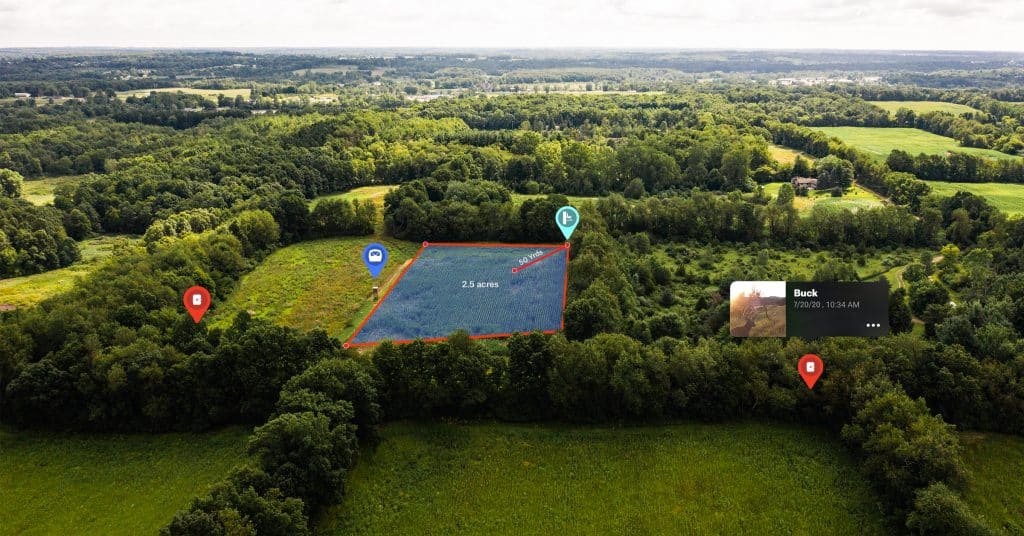
“In 2019, the MeatEater team purchased a small farm in Michigan with the goal of transforming it into a wildlife paradise for everything from birds to bees to bucks and to make it a great hunting property too. It’s been a year since that point, and lots has been done—old fields have been improved with switchgrass and pollinator plantings, prescribed burns have been conducted and two new hives of honey bees have been introduced to the landscape. But there’s much still to be done. One project still in the works is the establishment of a series of food plots in line with the principles of no-till, regenerative agriculture. Here’s a look at exactly what that means.”
– Mark Kenyon
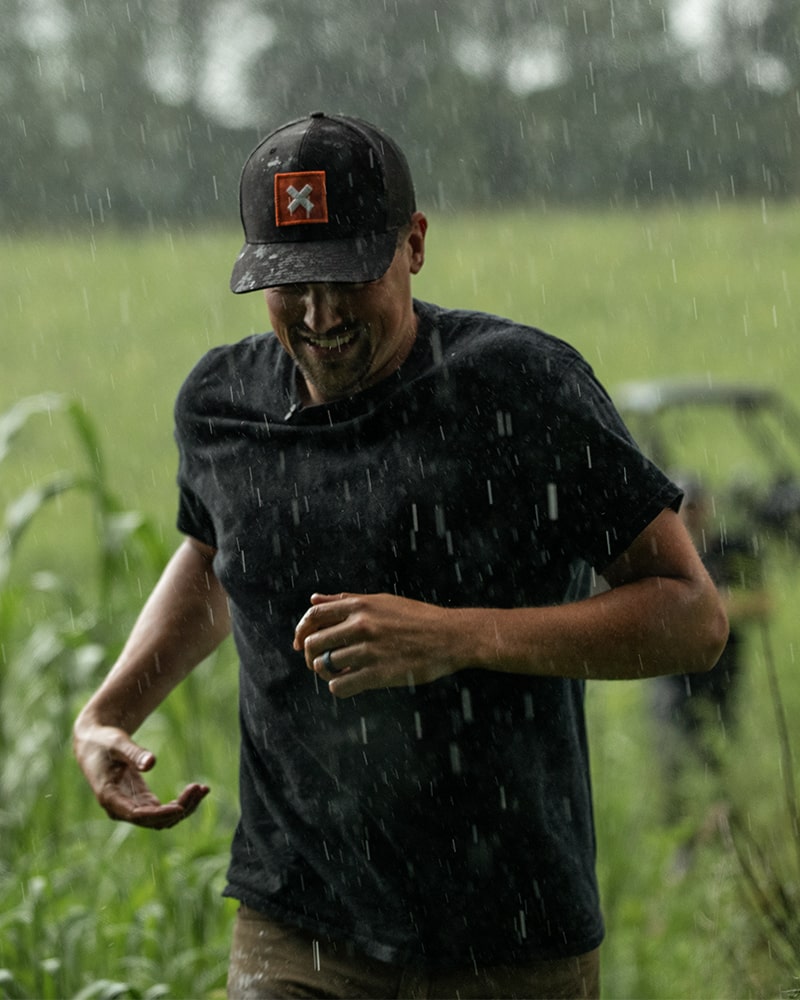
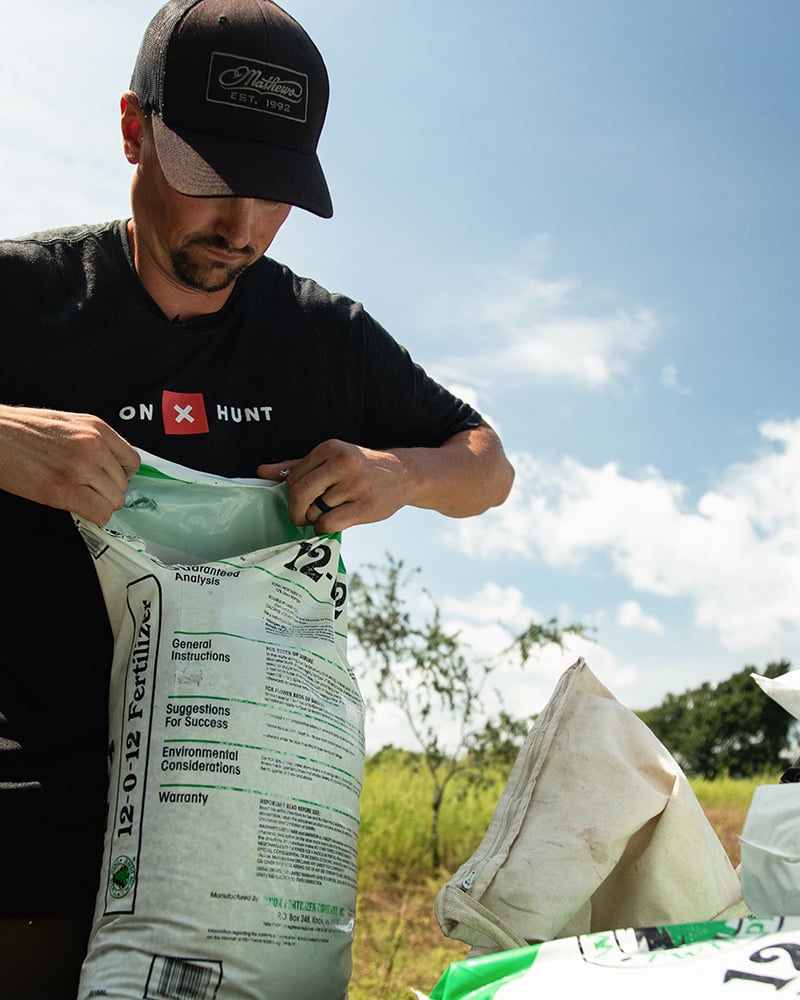
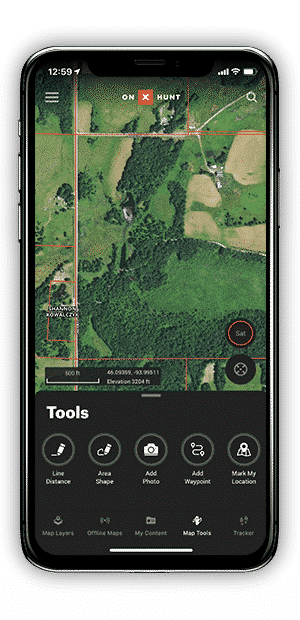
No-Till Regenerative Agriculture
Key Concepts For Food Plots
What Is No-Till Farming?
Unlike traditional agricultural processes that require tilling the land and disturbing the soil, the no-till method eliminates the disturbance and reduces erosion and increases water penetration into the soil. It does, however, require the use of herbicides to control weed growth.
What is Regenerative Agriculture?
Regenerative agriculture is a farming method that focuses on the health and generation of topsoil. When practiced appropriately, the depth of the topsoil will increase

Key Concepts For Food Plots
Why Should I Use No-Till Agriculture?
The no-till method has many benefits over traditional methods and requires substantially less equipment. When it comes to food plots, a single hunter can plant everything that’s needed on a property using an ATV and various attachments. This allows one individual to manage a hunting property without the need to haul in heavy equipment.
What to Plant in a No-Till Food Plot
Because the land is not being tilled, certain seeds and seed mixes are required to ensure that the food will actually grow. Many plants require that the seed be planted at least an inch below the surface of the soil, so relying on seed mixes that can thrive at or near the surface of the soil is essential. This includes plants like clover, wheat, rye, deer radish and others.
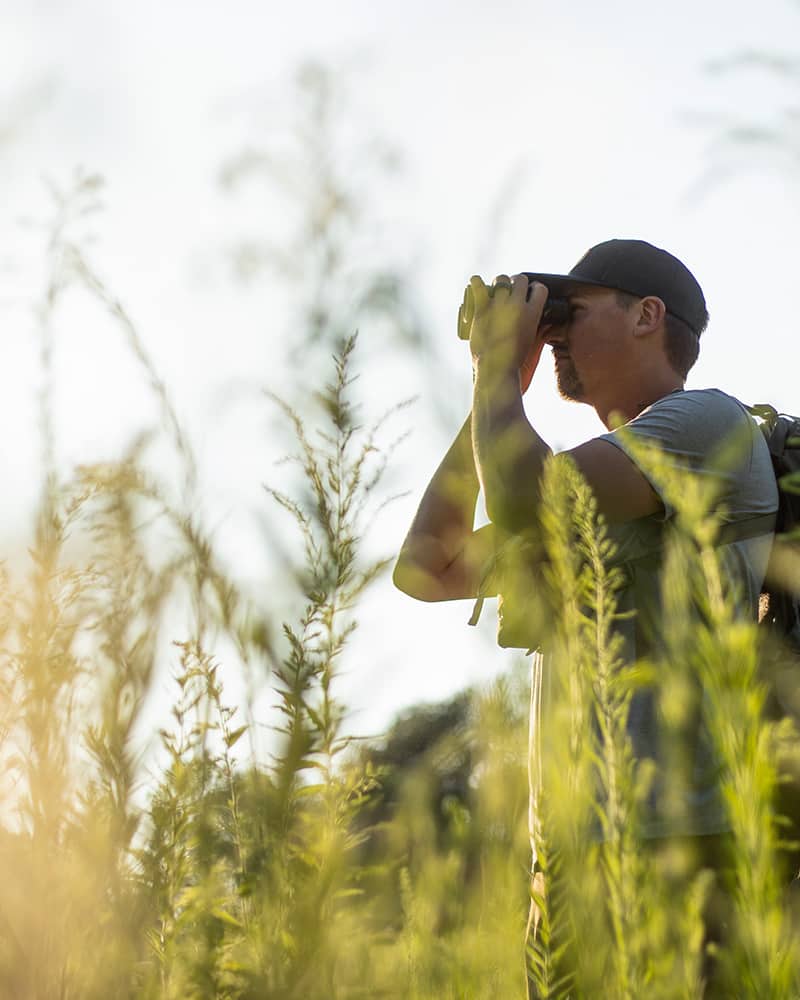
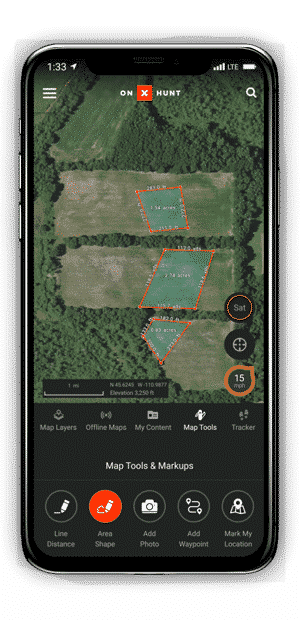
onX Hunt Land Management Tools Featured In the Video
Area Shape Tool
The Area Shape Tool was built with the whitetail hunter in mind. Using the Area Shape Tool, you are able to measure any area to help you determine the acreage as well as the perimeter of any given area.
How To Use the Area Shape Tool for Land Management
As you can see in the video above, Mark Kenyon uses this tool not only to determine the correct amount of seed needed for the Back40’s food plots but also to ensure that he does not use too much fertilizer or herbicide on the property to keep things as natural as possible. This can all be done within the Hunt App or on Web Map. After determining the acreage of a food plot, simply align the size of your plot with the appropriate amount of seed and fertilizer for optimal growth.
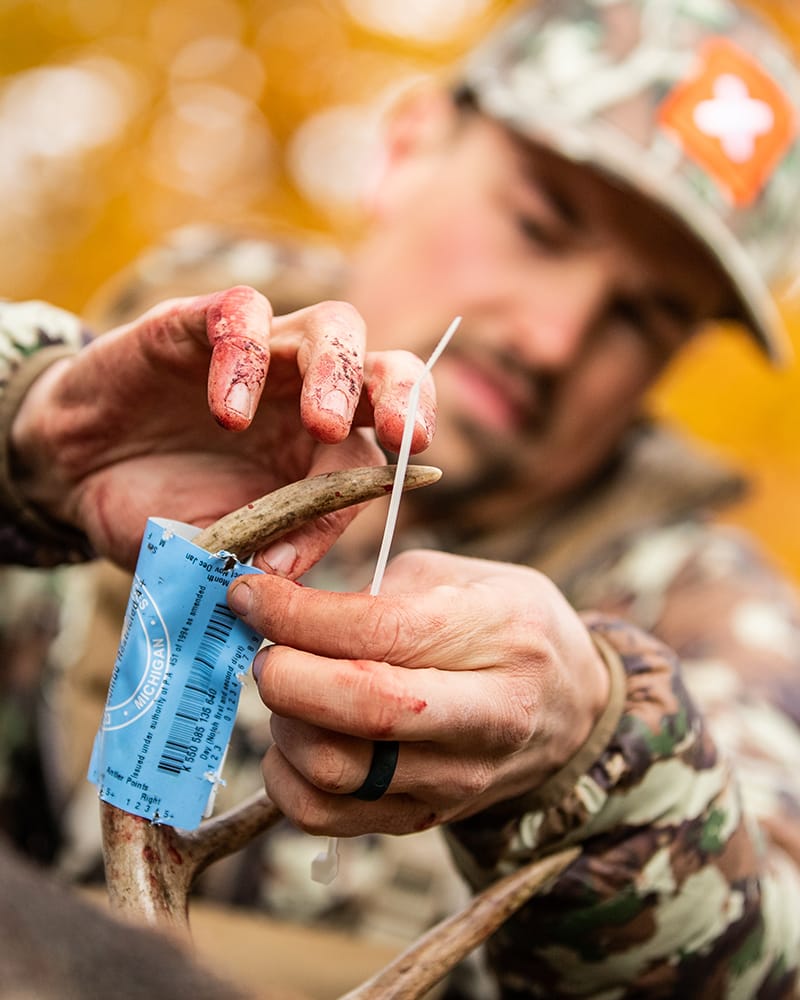
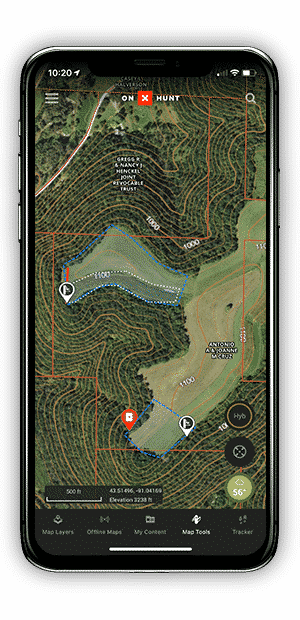
Other onX Hunt Tools You Might Find Useful for Land Management
Property Lines and Land Ownership Maps
onX Hunt has the most accurate land ownership data available, and we are continually improving the Hunt App and our data. Get to know your neighbors, find new properties to hunt or simply ensure you know every inch of your property using the Hunt App.
Line Distance Tool
onX Hunt’s Line Distance Tool can be used in a variety of ways for the whitetail hunter. From planning out access routes into treestands to using it as a rangefinder replacement to hang new sets, the Line Distance Tool is an essential weapon in the hunter’s arsenal.